
Open Cultures
IKON is part of the interdisciplinary and transdisciplinary research project OpenCultures, a Climate Future Lab funded by the Volkswagen Foundation and the Lower Saxony Ministry of Science and Culture. Within OpenCultures, IKON is situated in Sublab 2, which focuses on the material, technical, and spatial dimensions of climate-adaptive building practices. Sublab 2 develops the OpenFactory – an experimental research and production environment that integrates knowledge from material studies, digital fabrication, and craft-based practice. The research on biobased materials conducted at IKON focuses on the constructive and building-technical questions arising from the use in contemporary architecture. The aim is to analyze historical material practices, advance them through experimental prototyping, and translate them into transferable construction principles. In doing so, IKON contributes to the development of open, resource-efficient, and climate-oriented construction strategies within the framework of OpenCultures.
More Information: www.opencultures.org
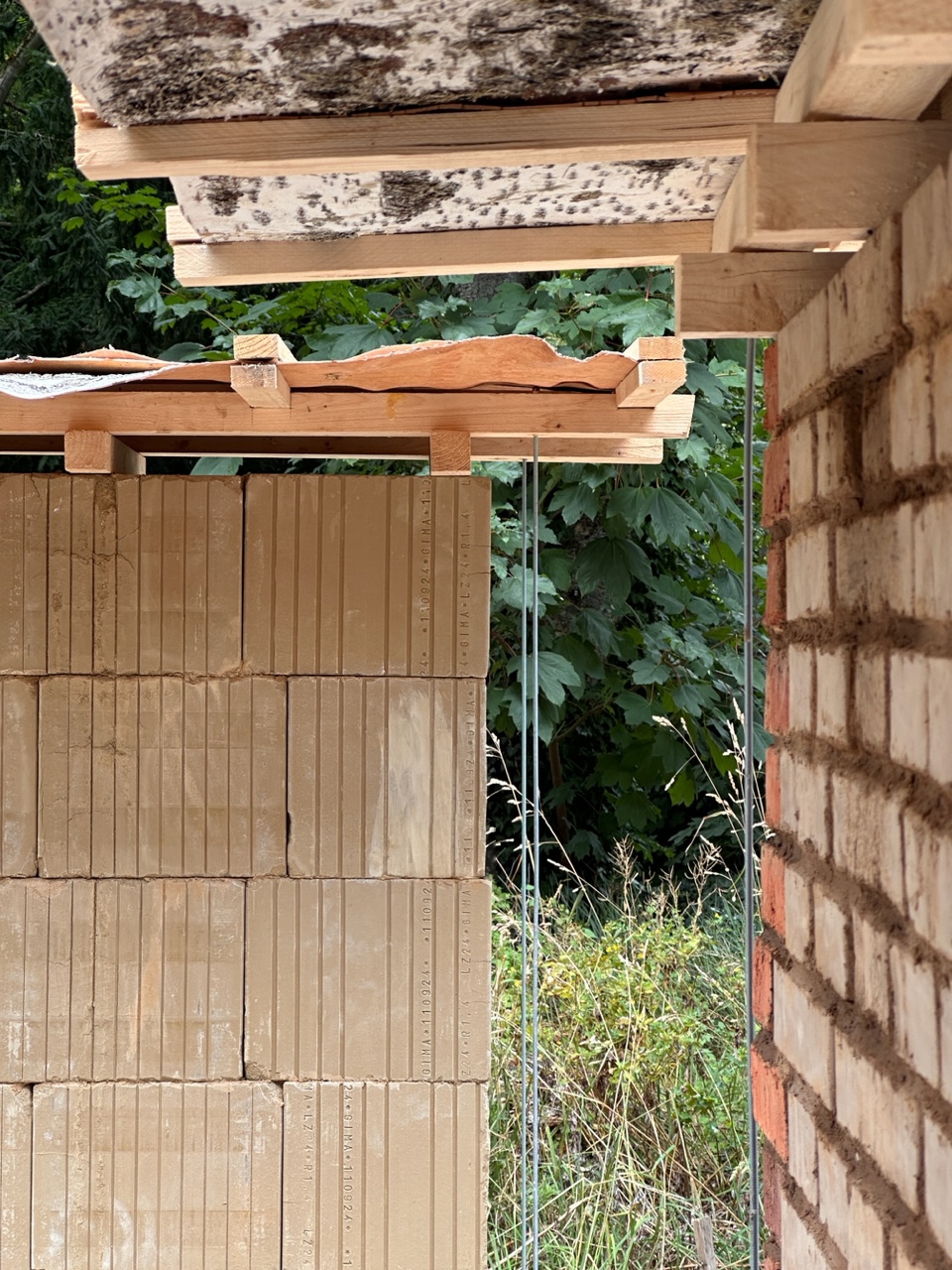
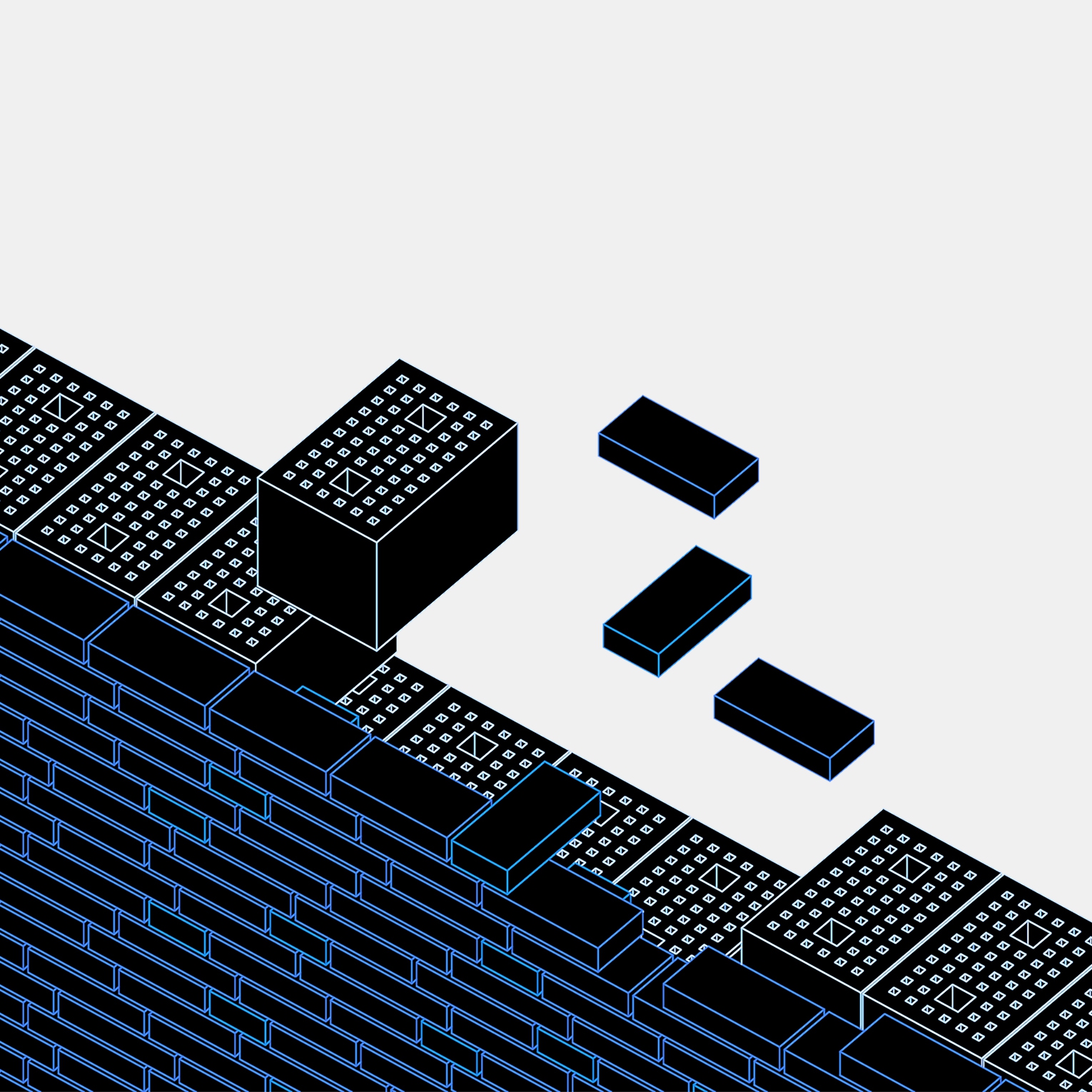
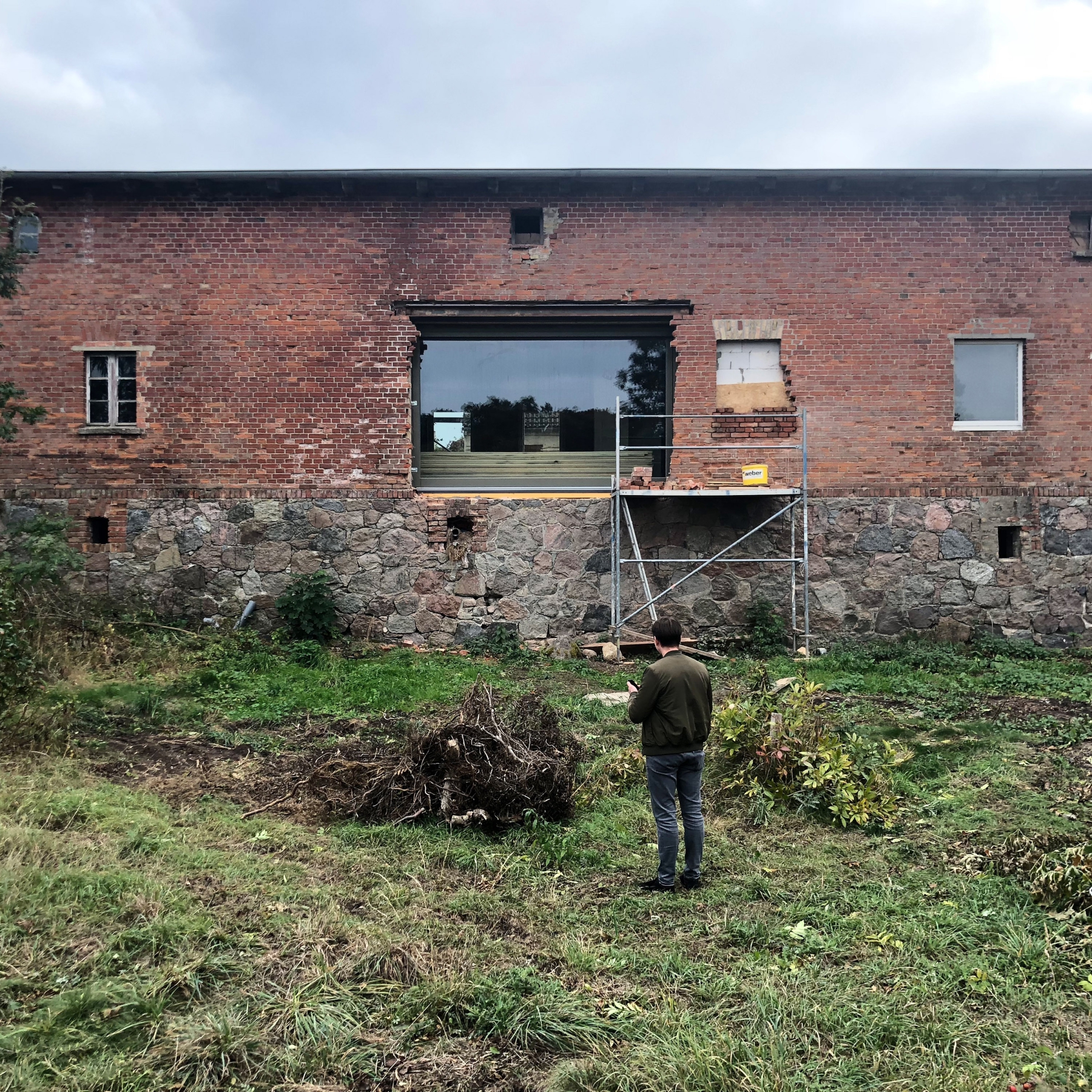

MIXED MASSIVE
The research project "Mixed Massive - Conception, construction and testing of mixed masonry made of adobe and brick", funded by Zukunft Bau, is dedicated to analysing the potential and basic principles of mixed masonry made of adobe and brick. The discovery of a historical wall made of mixed masonry from a so-called Schnitterhaus in Groß Fredenwalde/Uckermark gave rise to this research project. What was presumably built at the time for economic reasons takes on a new significance in today's context of resource scarcity and the threat of climate catastrophe. On this basis, basic knowledge of structural, climatic and static properties will be created. In a preliminary research phase, historical examples of mixed masonry structures will be analysed in terms of planning and calculation and derivations of further wall types will be developed, each of which addresses different challenges with regard to the properties of contemporary thermal outer shells. In the second research phase, a selection of the developed wall structures will be produced as prototypes and tested and analysed in terms of both building climate and statics. This is in keeping with the historical tradition of single-skin brick and masonry construction and demonstrates climate-compatible alternatives within the existing production structure of the brick industry. The idea of "Mixed Massive" masonry follows the principles of emission reduction, circularity, simple construction and a healthy indoor climate. In cooperation with the Institute of Building Climatics and Energy of Architecture (IBEA), Institute for Building Materials, Solid Construction and Fire Protection (iBMB), Hagemeister Klinkerwerke and the Baugewerbeverband Niedersachsen. Research Team at IKON: Moritz Scheible and Linda Gehrke, Images: © 1 Linda Gehrke, 2,4 IKON, 3 HELGA BLOCKSDORF / ARCHITEKTUR
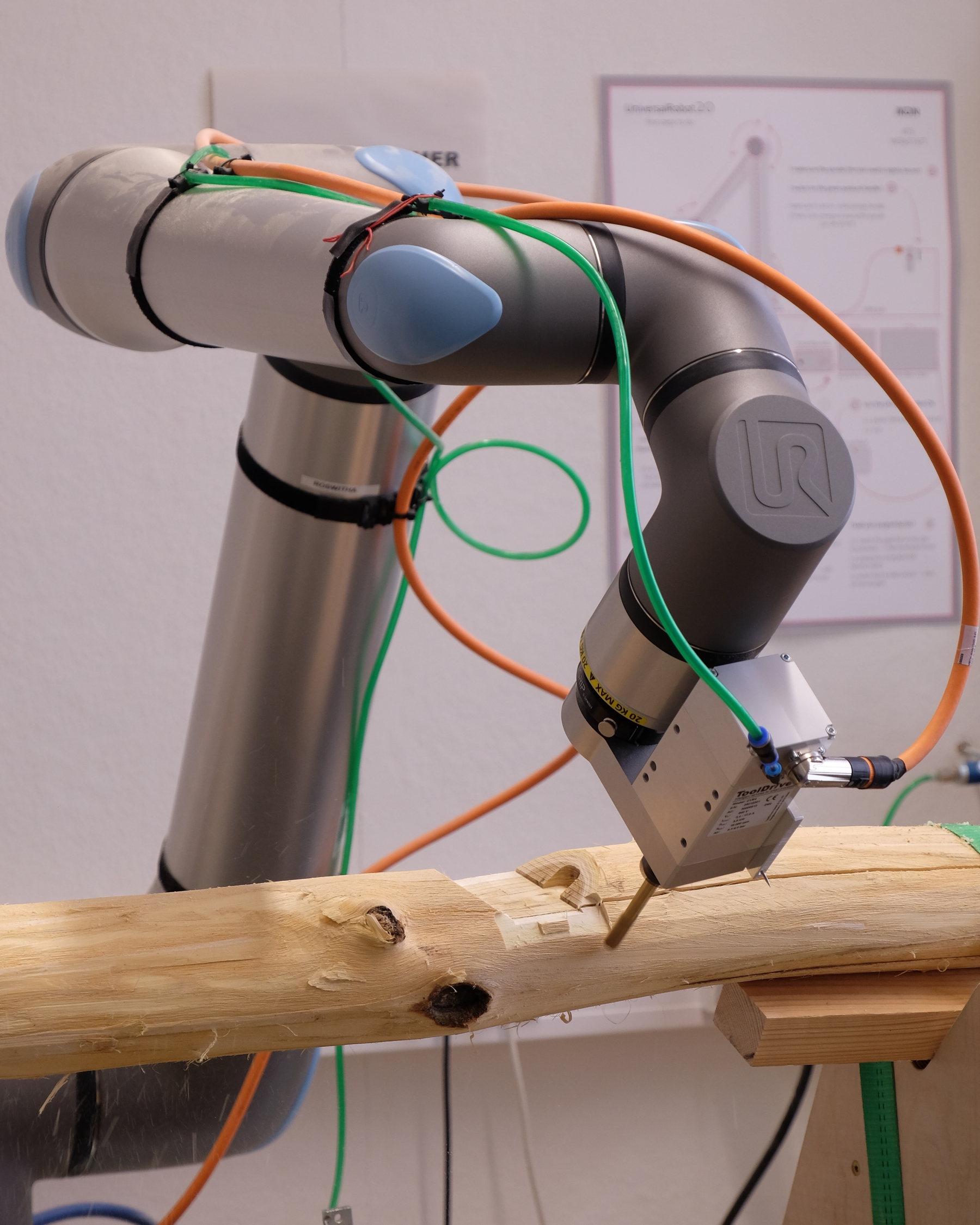
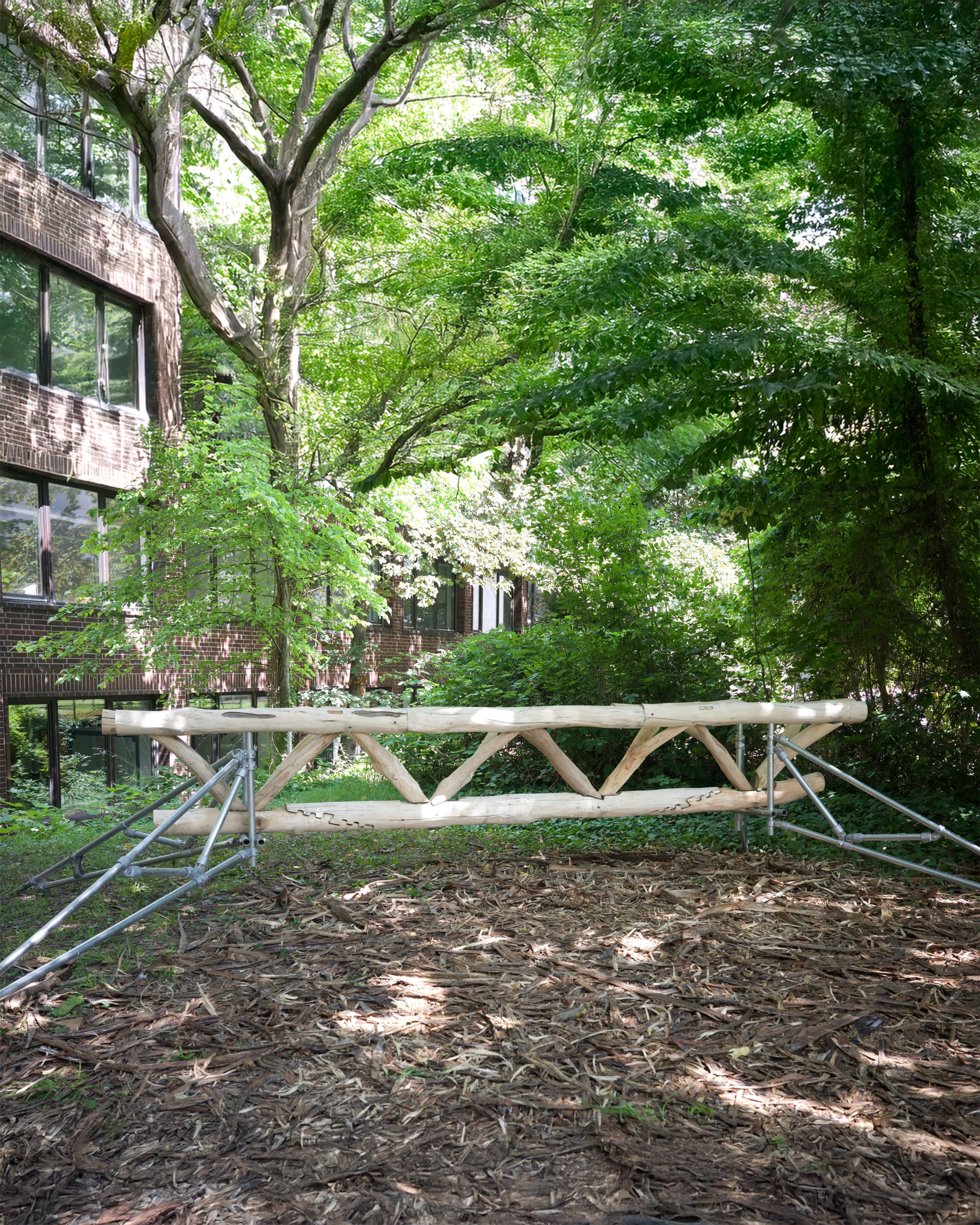
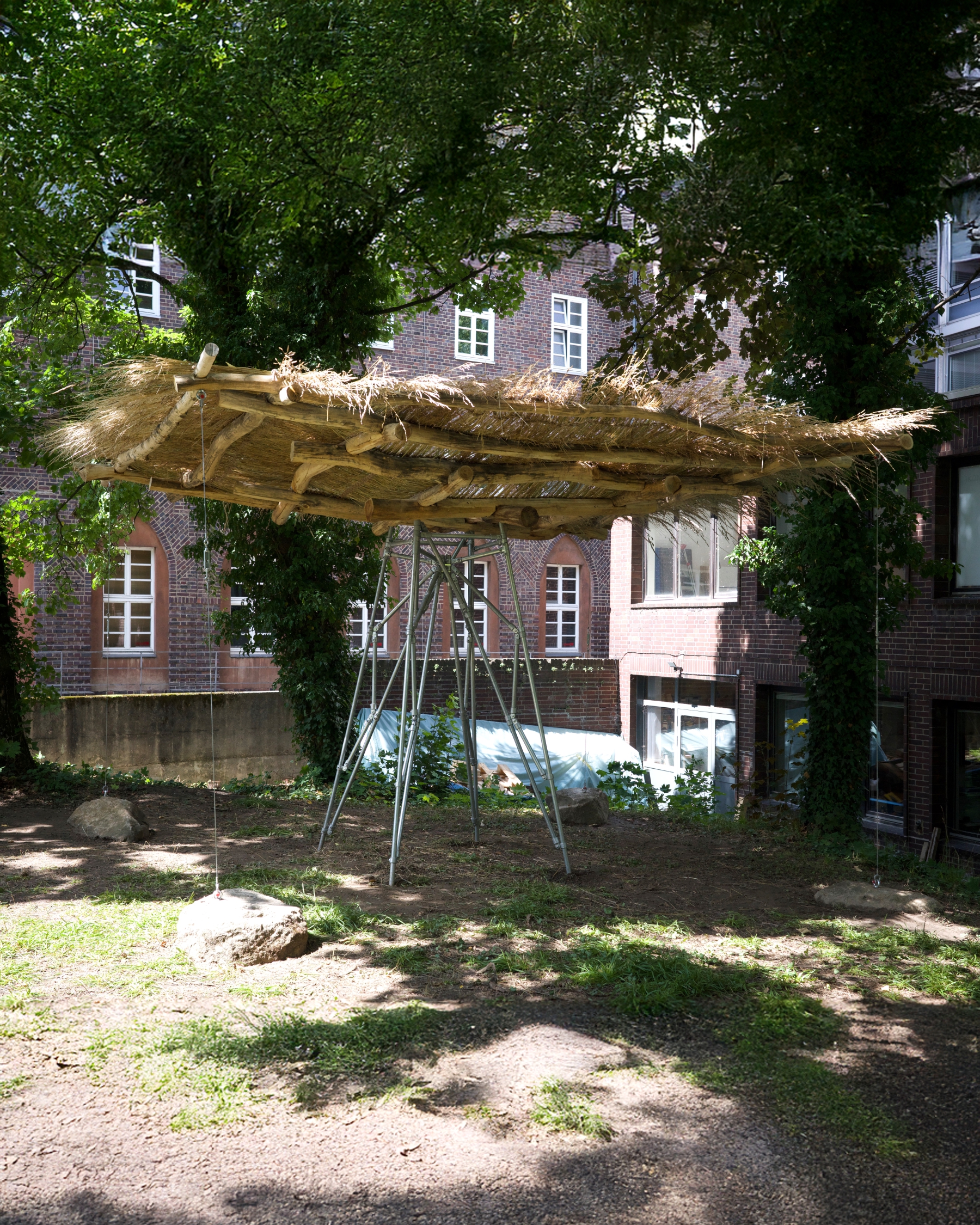
Robotic Timber Studio
As a laboratory, the Robotic Timber Studio provides an experimental space for the development of design practices in architectural teaching that correspond to the questions of our time. Relevant contributions to the building turnaround understand the built object as a product of complex planning and production processes. Only by engaging with these processes can design ideas be translated into an architecture that is aware of planetary boundaries. (Gerten, Schellenhuber, 2015) Research in the realm of robotics within timber is extensive and the timber industry stands as the most digitally advanced sector within it. (Winter, Lechner, Köhler, 2019) Digital technologies and an understanding of the finite nature of our resources must be considered as essential parameters in design and need to be integrated into the architectural education. Within the framework of the Robotic Timber Studio, students learn to incorporate digital planning processes and robotic manufacturing methods in timber construction into the design process. The course teaches the entire work process from design, 3D modeling and the programming of the robot to the production of the wooden construction elements. The students get to experiment with robotic manufacturing processes and develop innovative timber structures that focus on dismantling and recycling (circular construction). The Robotic Timber Studio at IKON started in the summer semester of 2024. The project is funded by the Freiraum Förderung 23 of Stiftung Innovation in der Hochschullehre. Images: © 1,3 Tamim Arab, 2 Simon Wienk-Borgert
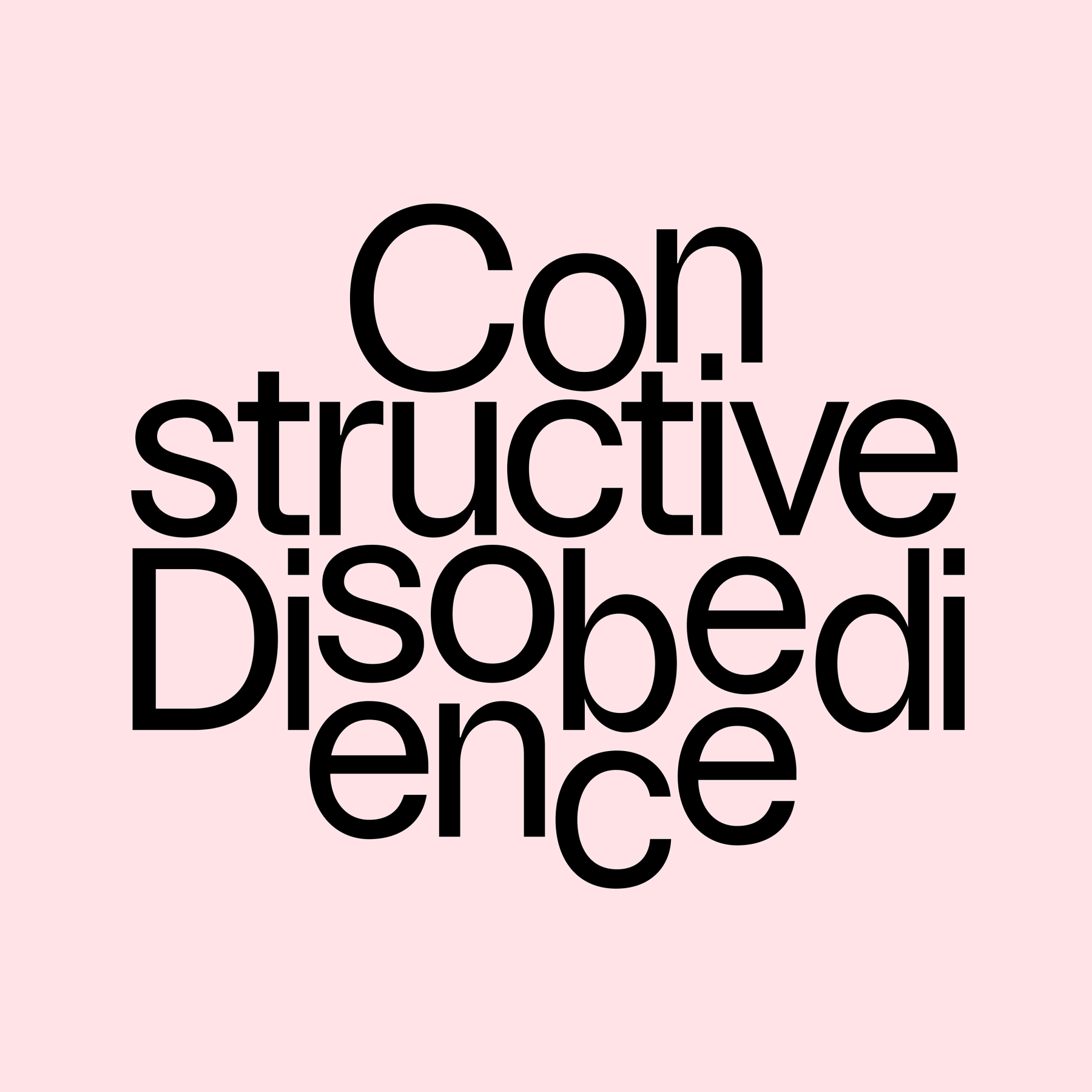
CONSTRUCTIVE DISOBEDIENCE
Constructive Disobedience focus on methods for constructive experimentation and knowledge production through singular and particular architectural projects. The conference invites architects, engineers, manufacturers and crafts- people to present a specific insight into their constructive experiments and to engage in exchange. The aim is to find instructions for action—dispositivi—on how we can enable constructive experimentation from the core of the profession, understand it methodically, establish it as design research and thus bring it into recognition academically and on the building site. The conference is convieved by Matthias Ballestrem, Katharina Benjamin and Helga Blocksdorf.
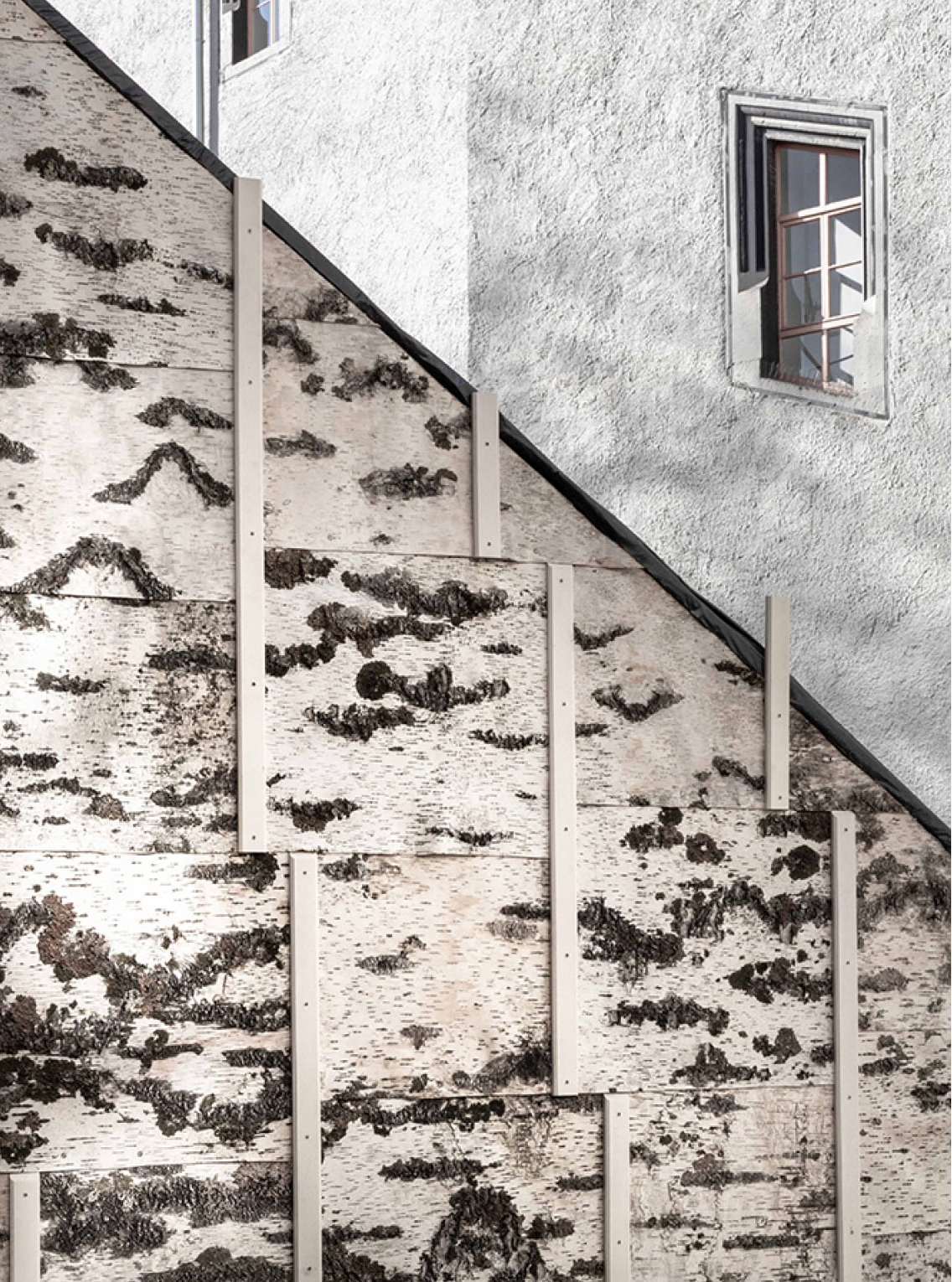
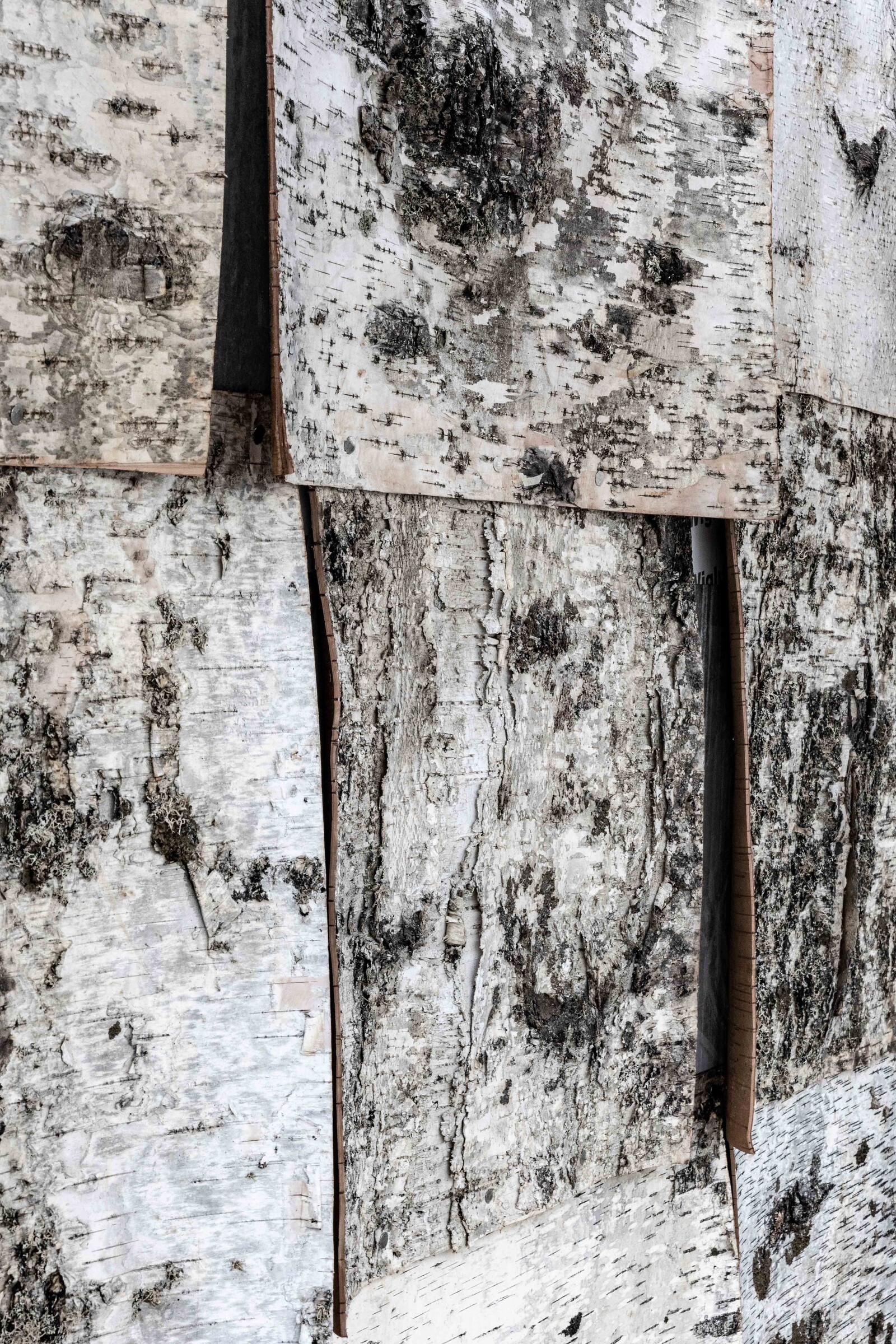
BIRCH BARK BUILDING MATERIAL
The constructive experiment of the facade cladding with birch bark will be evaluated in the coming weather periods by monitoring the wood and room humidity with the TU Braunschweig (Prof. Mike Sieder, Institute of Building Construction and Timber Engineering and Prof. Elisabeth Endres, Institute of Building Climatics and Energy of Architecture, Prof. Helga Blocksdorf, Institute of Building Construction). This is about the comparison of calculation model, simulation and actually measured values in the annual cycle, which can integrate the construction approach 'birch bark on wood' without additional component layering into the valid standard frameworks - with simultaneous questioning - in the future. The aim of the investigation of the bark behavior is to expand the variety of constructions with regional and renewable raw materials. Research Team: Moritz Scheible and Linda Gehrke, Images © Ruben Beilby
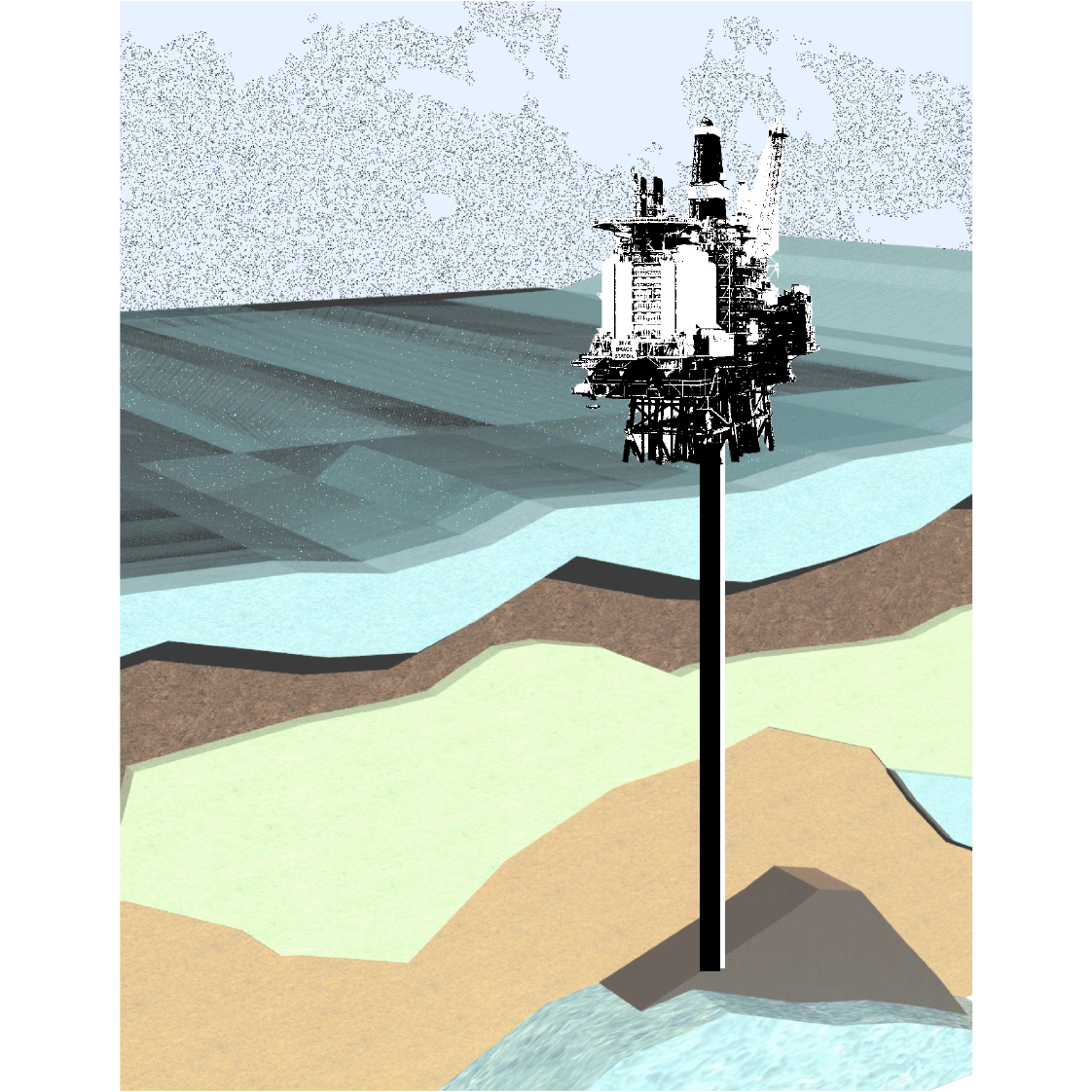
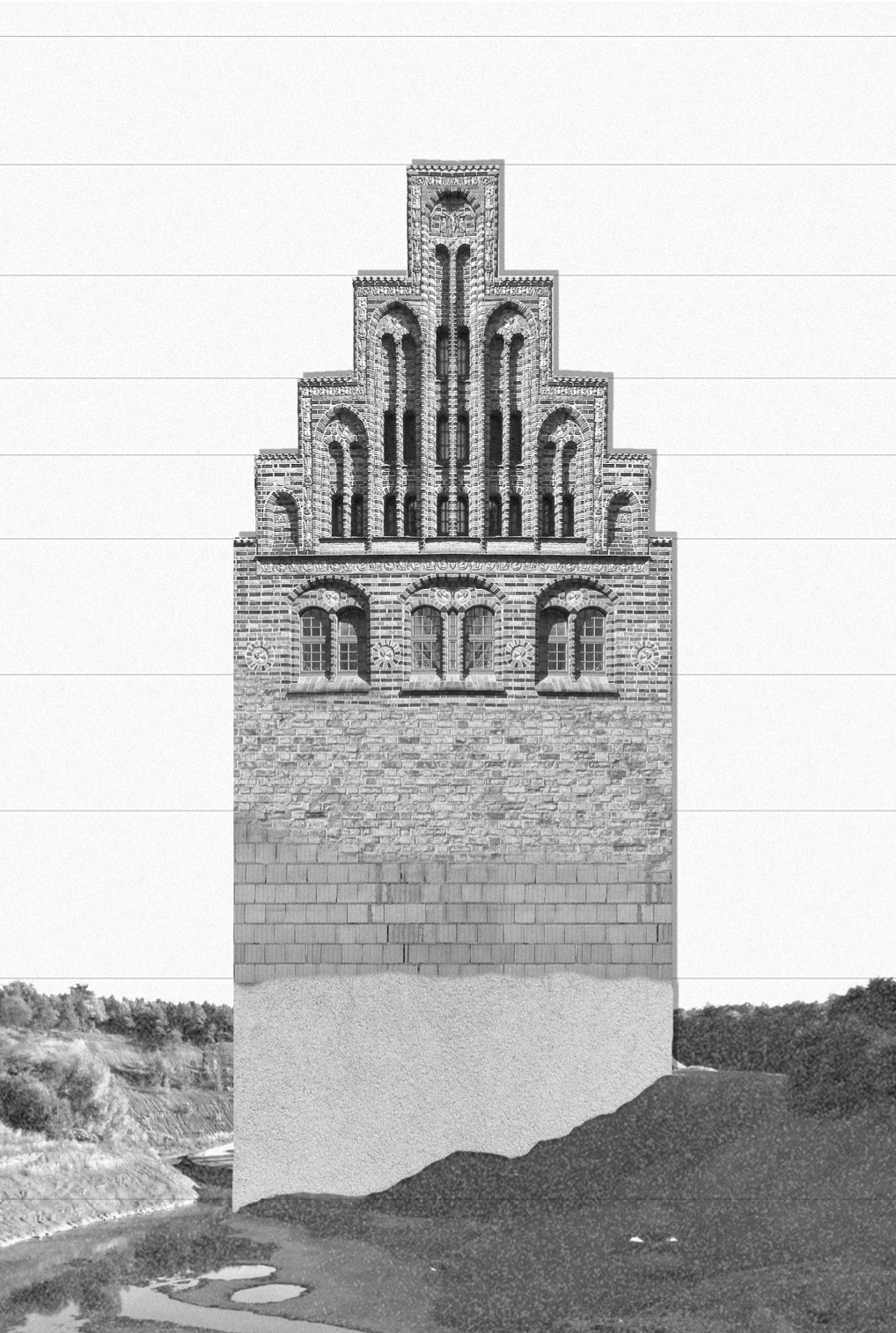
BREATHABLE CONSTRUCTION
What does the building of tomorrow look like that creates a pleasant climate for its users, uses resources sparingly and at the same time remains economically sensible, so that we can achieve a new building standard away from the classic composite thermal insulation system? What historical, political and social events have brought about the current state of the building industry? Within these questions, we investigate whether breathable construction can make a contribution to an architectural turnaround, look at new design potentials and search for an architectural expression that is contemporary with regard to the influence of new construction on people and nature. Research Team: Pia Brückner and Lina Thürer, Seminar by Till Zihlmann in collaboration with Prof. Elisabeth Endres, Images © Phillip Nünning, Albert Papenhausen Fuster
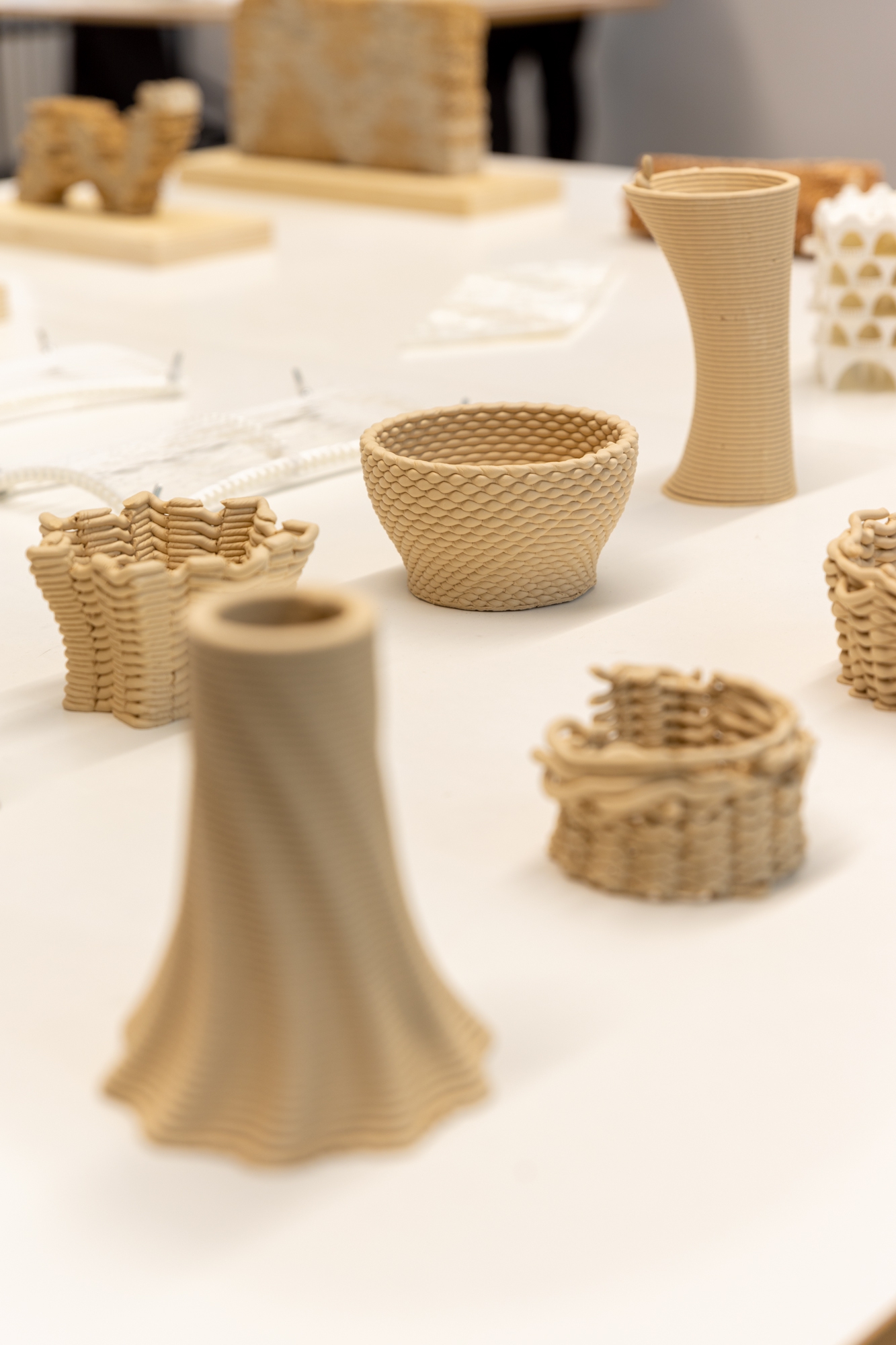
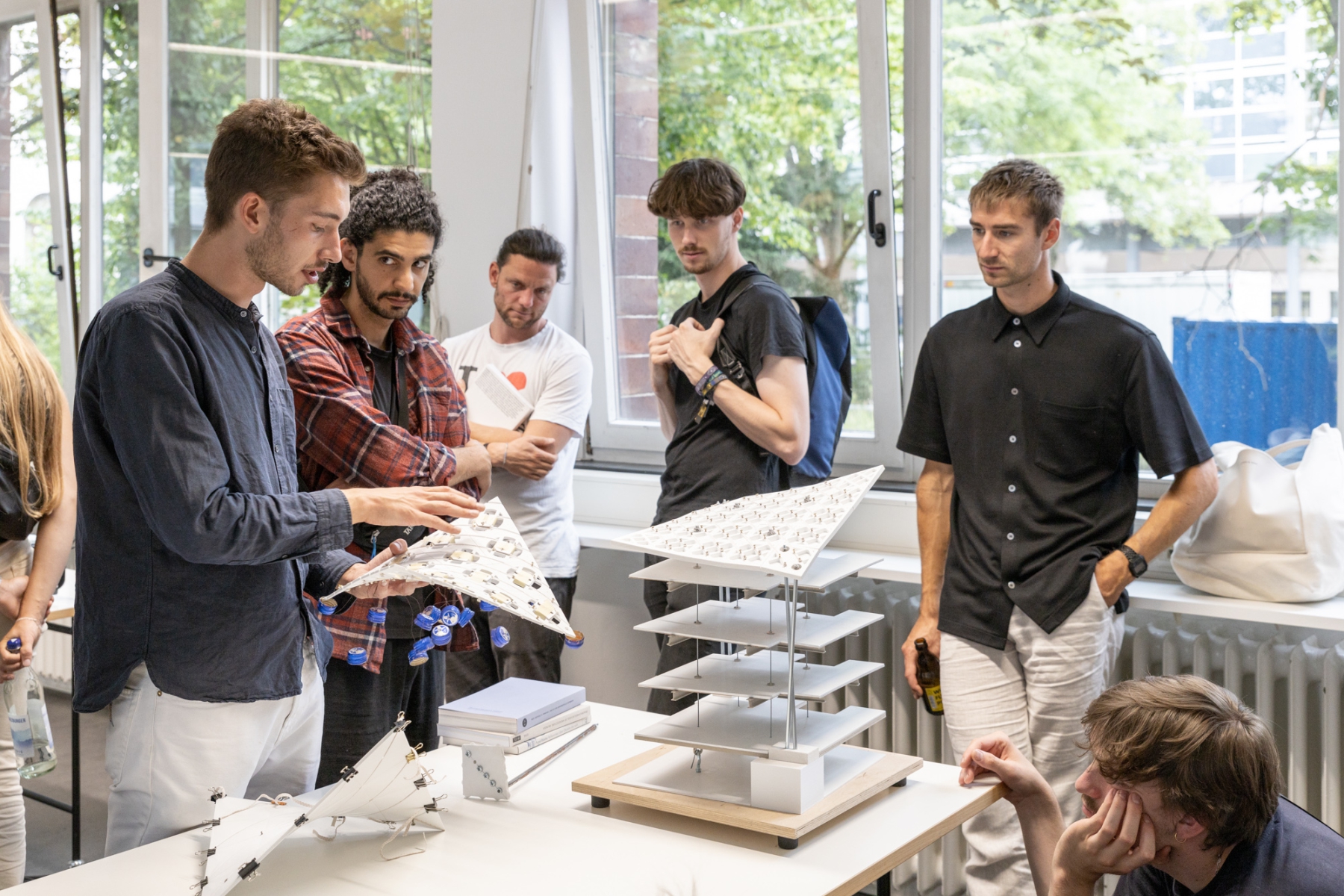
EXPLORATIVE TEACHING & ADDITIVE MANUFACTURING
The building sector is facing disruptive developments. As a consequence of the climate crisis, prevailing practices, technologies and materials are fundamentally questioned. Innovations in material science, robotic fabrication and computer based planning could lead a way to a carbon-free, sustainable and affordable future of architecture. However, the impact of inventions depends significantly on their implementation in the design thinking process. Therefore we started the development of a program on explorative teaching in winter 2021. In cooperation with the ITE (Institute for structural design) we elaborate on the current research projects of additive manufacturing (AM). The idea is, to incorporate highly innovative production methods of AM into the building design process from the very beginning and, subsequently, reflect the architectural conclusions into the scientific spectrum. Explorative teaching aims to establish a process from element to building structure and vice versa. The holistic questions asked during the course of an architectural conception alter the perspective within the research work of additive manufacturing. We observe a simultaneous approach from opposing points of view, merging in next-level research results and exceptional architectural designs. Images © Ruben Beilby